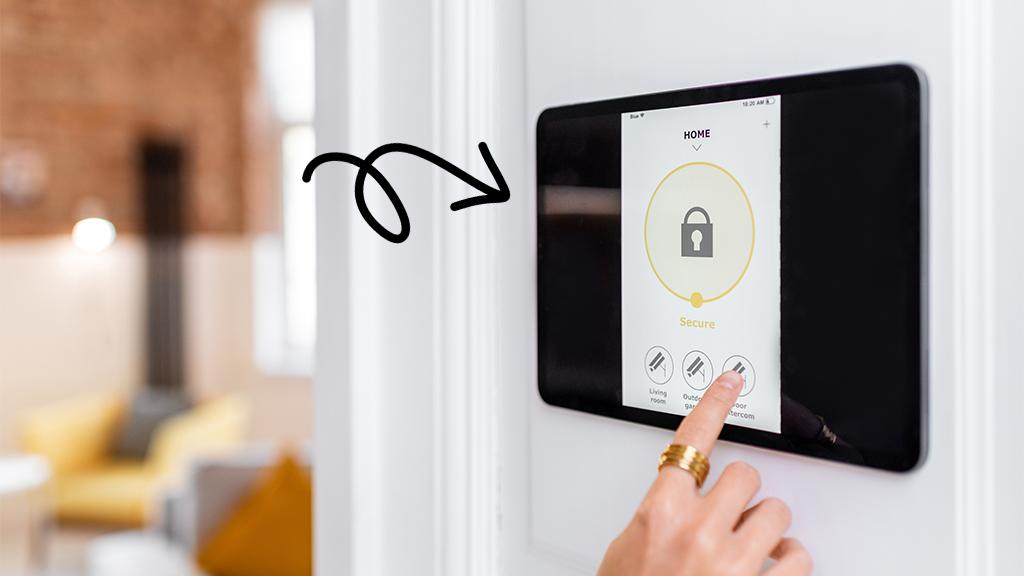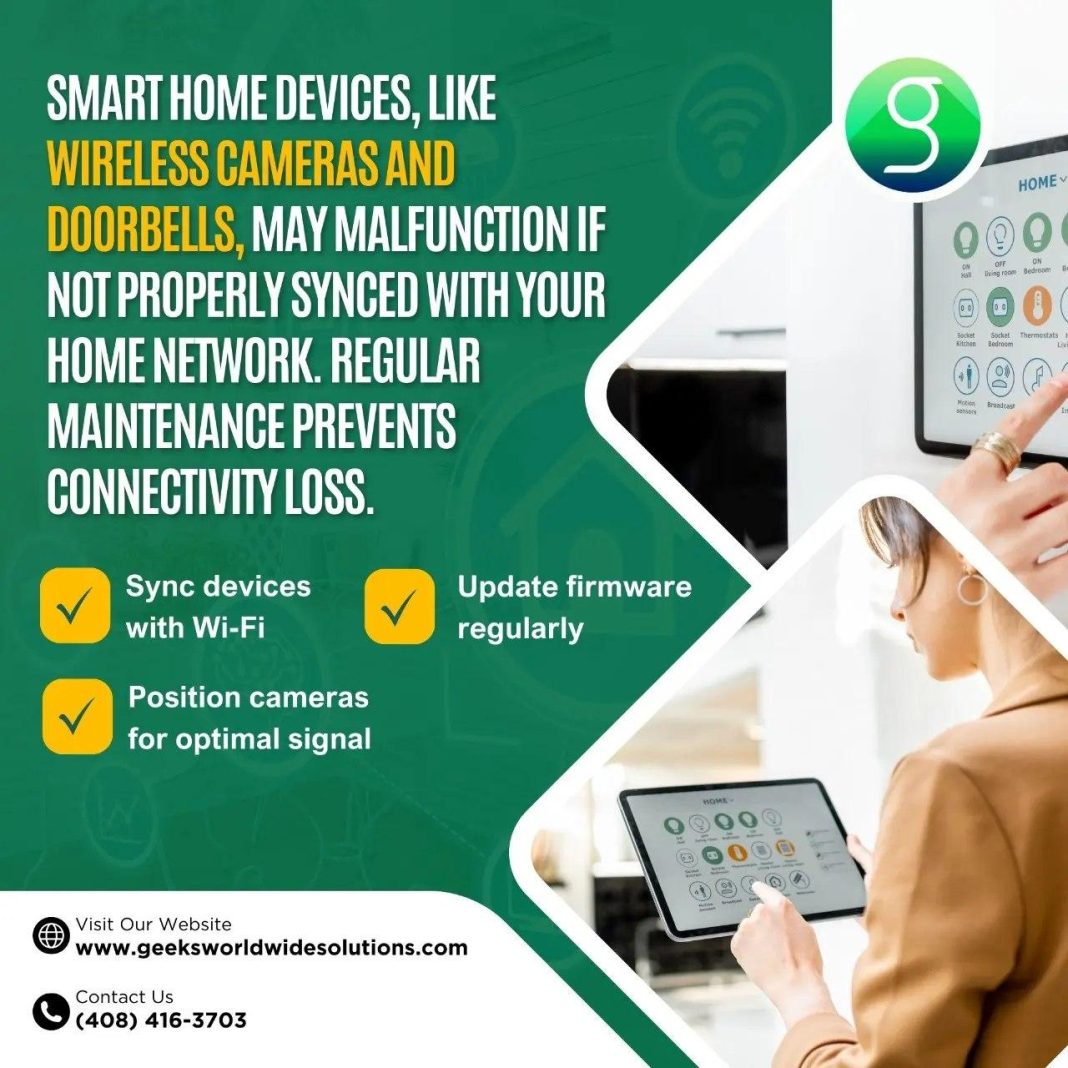In an era where technology increasingly intertwines with our daily lives, the concept of a smart home stands at the forefront of modern convenience. With a simple voice command or a tap on a smartphone, homeowners can control lighting, temperature, security systems, and even kitchen appliances, all from the comfort of their couch or from miles away. However, this seamless integration of technology also raises pressing questions about the security implications of such connectivity. As we continue to embrace smart home technology, it is imperative to scrutinize whether the convenience it offers is at the expense of our privacy and safety. This article delves into the potential vulnerabilities inherent in smart home systems, examining the delicate balance between technological convenience and the critical need for robust security measures. Through an analytical lens, we explore whether the smart home truly enhances our living experience or inadvertently opens the door to new risks and challenges.
Understanding the Security Risks in Smart Home Technology
In the pursuit of a seamless lifestyle, smart home technology has revolutionized how we interact with our living spaces. However, this convenience often comes with its own set of security challenges. Smart devices like cameras, thermostats, and voice assistants are often interconnected, creating a network that, while efficient, can also be vulnerable to cyber threats. Hackers can exploit these vulnerabilities to gain unauthorized access to your home network, leading to potential breaches of privacy. Therefore, understanding these risks is crucial to safeguarding your home environment.
Several factors contribute to the security risks associated with smart home technology:
- Weak Passwords: Many users neglect to change default passwords, making it easy for intruders to gain access.
- Inconsistent Software Updates: Failure to regularly update device firmware can leave gaps that hackers can exploit.
- Lack of Encryption: Data transmitted between devices can be intercepted if not properly encrypted.
- Inter-device Communication: The integration of multiple devices increases the potential points of attack.
Implementing robust security measures, such as strong, unique passwords, regular software updates, and ensuring data encryption, can significantly mitigate these risks, ensuring that convenience does not come at the expense of security.
Evaluating the Balance Between Convenience and Vulnerability
In the realm of smart homes, the allure of seamless automation and ease of living is undeniable. However, with every smart thermostat or connected security camera comes a potential gateway for digital intrusions. The key is to evaluate the trade-off between the ease of access and the potential risks associated with these intelligent devices.
On one hand, smart homes offer numerous conveniences:
- Automated lighting and climate control
- Remote access to appliances and security systems
- Integration with voice assistants for hands-free operation
Yet, these benefits are counterbalanced by vulnerabilities such as:
- Potential for unauthorized access to personal data
- Weaknesses in device security protocols
- Increased attack surface for cybercriminals
Striking a balance requires not only a robust understanding of the technology but also a commitment to security best practices. Users must be proactive in updating software, using strong passwords, and employing network security measures to mitigate risks. Ultimately, the decision hinges on an individual’s comfort level with these potential vulnerabilities versus their desire for technological convenience.

Implementing Robust Measures to Safeguard Your Smart Home
In the pursuit of a more convenient lifestyle, it’s essential to implement robust security measures to ensure your smart home remains a safe haven. Start by securing your network; a strong, unique password for your Wi-Fi is crucial, and consider setting up a guest network for visitors. Enable two-factor authentication on all smart home apps and devices, adding an extra layer of protection against unauthorized access.
- Regularly update your devices and apps to patch vulnerabilities.
- Utilize encryption for data transmission whenever possible.
- Disable features that are not in use to reduce potential entry points for hackers.
- Conduct periodic security audits to identify and address weaknesses.
By taking these steps, you can enjoy the conveniences of a smart home without compromising on security. Empower yourself with knowledge and proactive strategies to ensure that your digital fortress remains impenetrable.

Expert Recommendations for Enhancing Smart Home Security
In the rapidly evolving landscape of smart home technology, ensuring robust security measures is crucial. Experts recommend a multifaceted approach to safeguard your connected devices. Prioritize device updates; keeping your firmware up-to-date is a fundamental step in protecting against vulnerabilities. Manufacturers frequently release patches to address security issues, so enabling automatic updates can provide an additional layer of defense.
Network security is another critical area. Employing a strong, unique password for your Wi-Fi network and enabling WPA3 encryption can deter unauthorized access. Experts also suggest segmenting your smart home devices onto a separate network from your primary devices, minimizing potential risks. Consider implementing a Virtual Private Network (VPN) for added privacy and security. Lastly, regularly audit the permissions granted to each device, ensuring that only necessary data access is allowed. By following these expert recommendations, homeowners can significantly enhance the security of their smart home systems without sacrificing the convenience they offer.



